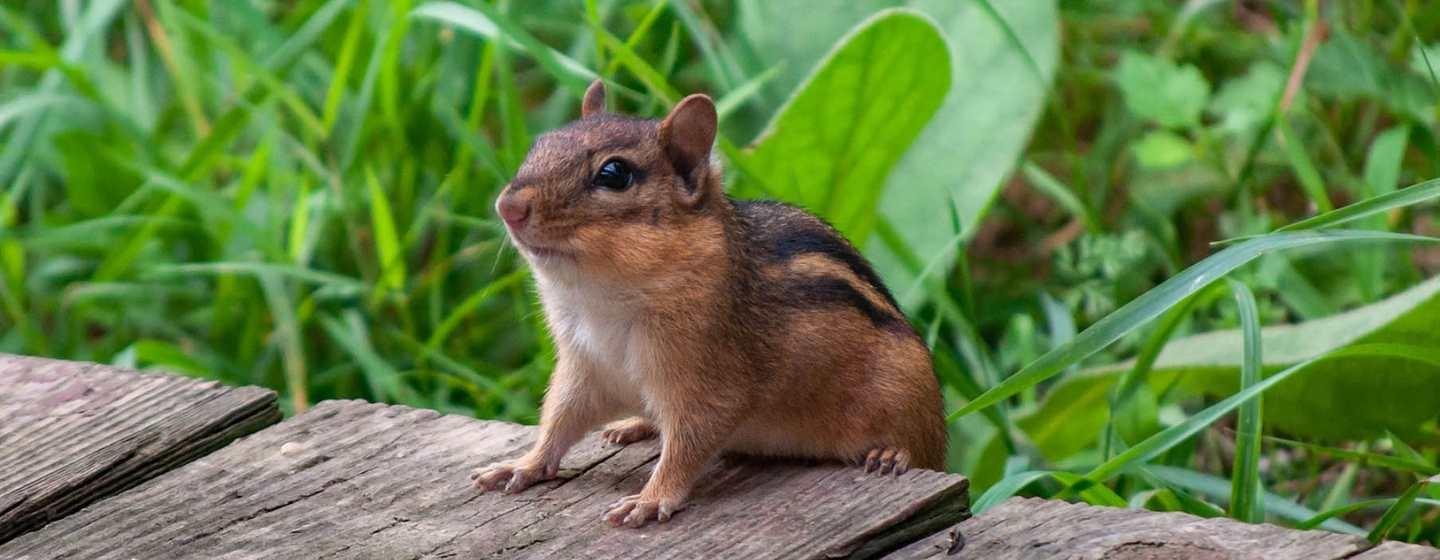Keep an Eye Out for Chipmunks


Eastern chipmunks are commonly found in North Carolina to the north and west of Wake County. They are rarely found east of the Piedmont, but now there are reports the little critters may have made their way to the coast.
“We recently received an observation with photos of a chipmunk in the Wilmington area,” said state mammologist Andrea Shipley in May of 2021. “It is likely a case of hitch hiking, however we’d like the public to notify us of any chipmunk sighting east of Wake County.”
These photos got biologists wondering just how far east and south the tiny rodents had traveled.
So, the North Carolina Wildlife Resources Commission is asking for help to confirm exactly where in North Carolina chipmunks are now living.
Chipmunks are basically a smaller version of squirrels. They are usually only eight-to-ten inches long, including the three-to-four-inch-long tail. Their fur is reddish brown, with two white stripes bordered by black on the sides and one black stripe down the center of the back.
Unlike tree-happy squirrels, chipmunks love the underground.
“Look down, and not up, to spot a chipmunk,” said Shipley. “Chipmunks spend most of their time foraging on the ground. They don’t get into the trees very often.”
The commission says while chipmunks can be found in both urban and rural habitats, they prefer open woodlands or forest edges, which provide plenty of hiding places from predators such as hawks, foxes and snakes. These locations are also good for finding dry areas to dig burrows.
“One of the most distinguishing features of the chipmunk is the large cheek pouches, which can store a heaping number of nuts or seeds,” adds Shipley. “Chipmunks use their front paws to load each cheek pouch through a gap in the side teeth. The animals then unload the nuts and seed supply into a storage space in the underground burrow.”
If you happen to see a chipmunk east of I-95:
Snap a photo.
Note the location. GPS coordinates are preferred but not required.
Email the photo to hwi@ncwildlife.org.
The commission will use the information to update its chipmunk distribution map, which is used to assess the animals’ conservation status in the state and any need for conservation planning or future research.